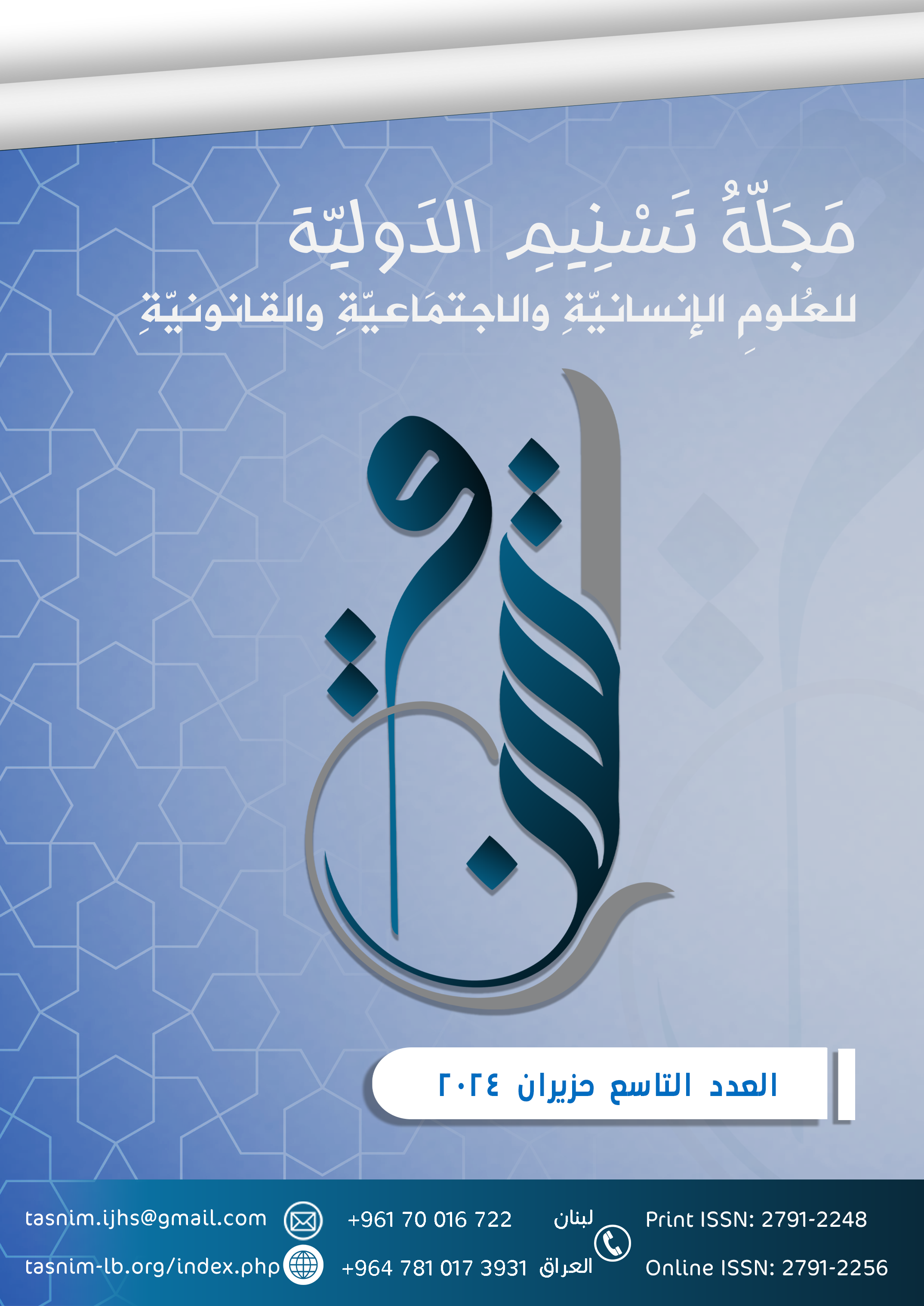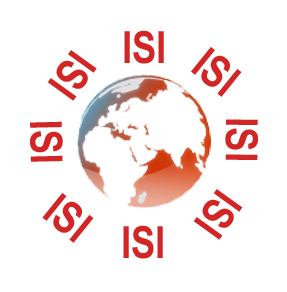الأوضاع السياسية للخليج العربي بعد الحرب العالمية الأولى
DOI:
https://doi.org/10.56924/tasnim.9.2024/13Keywords:
Agreement, treaties, awareness, resistanceAbstract
There were international powers competing for control of maritime trade in the Arabian Gulf, most notably the Portuguese, Dutch, French, German and English, as well as Jerusalem, and that was in the sixteenth and nineteenth and twentieth centuries. To conclude agreements with it, because the control of any other country threatens the British presence and its interests in India, and the discovery of oil in Persia in 1908 increased that competition. The sheikhs of that region and Britain became the control in this region, which led to the growth of political and national awareness in the countries of the Arab Gulf, and the demand of the residents of this region to limit British influence and interfere in internal affairs. This research included an introduction, a conclusion, three sections and a list of sources. This research included an introduction, conclusion, three sections and a list of sources. The first topic dealt with the general conditions in the Arabian Gulf before World War I, and the second stage dealt with the conditions of the Arabian Gulf during World War I and the holding of regional conferences, while the third topic dealt with the most important political conditions in the Arab Gulf emirates. The most important sources adopted by the research were in his book Jamal Zakaria Qassem / entitled, The Modern and Contemporary History of the Arab Gulf, the Internal Conditions in the Arab Gulf Emirates and Neighborhood Relations 1914- 1945, and Badr al-Din Abbas al-Khassusi book, Studies in the Modern and Contemporary History of the Arab Gulf.
Downloads

Downloads
Published
How to Cite
Issue
Section
License
Copyright (c) 2024 Tasnim International Journal for Human, Social and Legal Sciences

This work is licensed under a Creative Commons Attribution-NonCommercial-NoDerivatives 4.0 International License.





